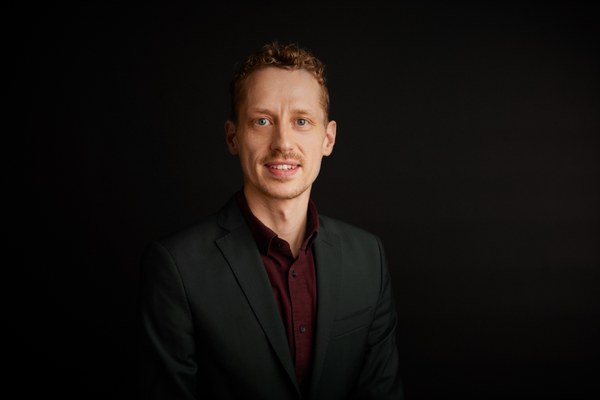Torsten Bøgh Thomsen
Research leader

Project title
Hans Christian Andersen as World Literature
What is your project about?
Hans Christian Andersen is world famous. But he is understood and used in many ways around the world, and that raises questions. Why, for instance, did Mao Zedong include “The Little Match Girl” in the Chinese primary school curriculum? Why did Disney rewrite the ending of “The Little Mermaid” in the 1989 animated movie? And how did a Danish fairy tale writer from the 19th century become global cultural heritage to begin with? It seems that Hans Christian Andersen’s fairy tales in translations and adaptations are modified in accordance with local cultural values, which goes against a general assumption that the fairy tales are internationally valued for their universal themes. From the earliest translations to current adaptations of the fairy tales, “Hans Christian Andersen as World Literature” examines how Denmark’s best-known author achieved global ubiquity. What cultural and linguistic characteristics disappeared in the first translations of the fairy tales into European languages, and how has the resulting openness facilitated a transnational transmission of the authorship where it could be invested with new meanings in new cultural contexts? Theoretical perspectives from the fields of World Literature and Cultural Studies can help us answer this by combining linguistic, aesthetic, historical and sociological perspectives. Focusing on Andersen’s initial fame in Europe and subsequent popularization in North America and Asia, the project will produce new perspectives on Denmark’s national poet which can also create relevant results for international research in World Literature.
How did you become interested in your particular field of research?
Traditional Andersen research is predominantly philological, hermeneutical, and biographical. This means that the understanding of the fairy tales in a national, literary-historical context is detailed and nuanced. But when it comes to explaining their global prevalence, we do not have the answers. I have worked as a Hans Christian Andersen researcher for seven years, and I am preoccupied with the connections between literature and its political, social, and cultural context - both historically and currently. In that respect, Hans Christian Andersen is particularly interesting because he is continuously re-actualized and given new, and often contradictory meanings – not only in Denmark, but also internationally. Studies of the ways in which he has been and continues to be put into play outside of Denmark can therefore not only give us a deeper understanding of the authorship, but also the cultures where it is received.
What are the scientific challenges and perspectives in your project?
The overall scientific challenge in the project has to do with method. The big question in World Literature is how to find a middle ground between the narrow regional gaze at literature that cannot see broad, international connections, and the generalizing perspective of globalization that ignores the regional or erases it. This is the scientific challenge, but this is also where we can make a profound contribution through studies in the unique Danish example of World Literature that Hans Christian Andersen’s fairytales constitute. The complex interaction between the national and the international, which is interesting in a world literary perspective, is particularly prominent in the different receptions of his authorship.
What is your estimate of the impact, which your project may have to society in the long term?
The project is essentially about cultural encounters. What happens when a cultural phenomenon travels from one place to another, and how can we approach that encounter with sincere interest and openness? Abroad, there is a great deal of interest in the Danish understanding of Hans Christian Andersen, but it is just as interesting and mind-opening for us Danes to find out how Hans Christian Andersen is perceived in other cultural contexts. Therefore, on a higher level, the goal of the project is to promote appreciation of intercultural diversity – on an individual as well as a societal and global level. We live in a time where international superpowers are not only competing for dominance on economic and political parameters, but also cultural ones. It calls for humanistic projects with impact that can create mutual understanding across cultures.
Which impact do you expect the Sapere Aude programme will have on your career as a researcher?
It is a great recognition and an honor to be part of the Sapere Aude program. This will enable me to establish a research group of young researchers within Andersen Studies, who work at the intersection between literary studies and cultural studies. In this way, we will supplement the national literary historical research with an international track that will set a new direction for Andersen research in the future.
Background and personal life
I grew up on Lolland but moved to Copenhagen in 2004 to study Comparative Literature. I live in Nørrebro with my husband. Together with our friend we have two kids, so a large part of my free time is filled with family activities. I have a huge passion for LEGO. The best gift I have received in my adult life is the Hogwarts Castle, which consists of 3020 parts that I managed to assemble in 26 hours.
View all research leaders here
Research institution
University of Southern Denmark
Research field
Scientific litterature
City of your current residence
Copenhagen
High school
Maribo Gymnasium
